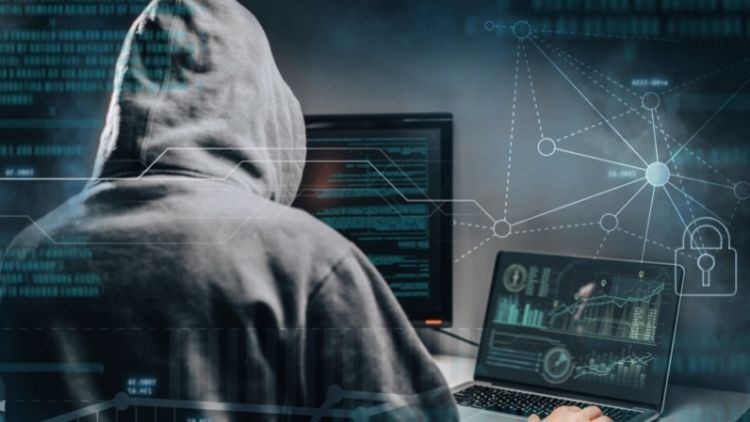
Types of Cyber Crime
What you will learn
Develop knowledge of Cyber Security
Learn about key compliance and threat intelligence
Very useful for Students seeking a career in Technology etc. Helpful for Academics
Cyber Certificate
Description
We live in the ‘Information Age’. There is an abundance of information freely flowing and easily available for access. Computers, mobile phones, digital cameras and other electronic gadgets have become an inseparable part of our daily lives. On the other hand, anonymity, lack of defined boundaries and restrictions of information access, and a growing dependency on technology has attracted criminals to use these as a medium of conducting criminal activities. Such acts are known as cyber crimes.
When a cyber crime is reported, it gets investigated and an appropriate law is formed to check further crimes of this type.
What is Cyber Crime?
A cyber crime can be defined as any unlawful activity committed by using cyber space as a tool and/or target. The word cyber space encompasses electronic devices with the capacity of storing or processing data (electronically).
What is Cyber Space?
Cyber crimes are committed in cyber space but are not limited to crimes committed using the internet or a computer. Any digital device or medium may be used. In this sense, mobile phones, CDs and DVDs, microwave ovens or even GPS navigation systems would all be considered cyber space.
What is Voyeurism?
Voyeurism is the act of spying on people engaged in acts that are usually considered to be private in nature.
People like to record and share some moments of their lives via technology. Unfortunately, a new form of cybercrime has emerged wherein hidden cameras capture the private moments of people’s lives that they do not otherwise wish to share.
The cameras used are small and can be easily hidden in unnoticeable places such as ceiling fans, two way mirrors, door locks, ceiling lights. Changing rooms and washrooms are the most probable places of hiding such cameras.
Content